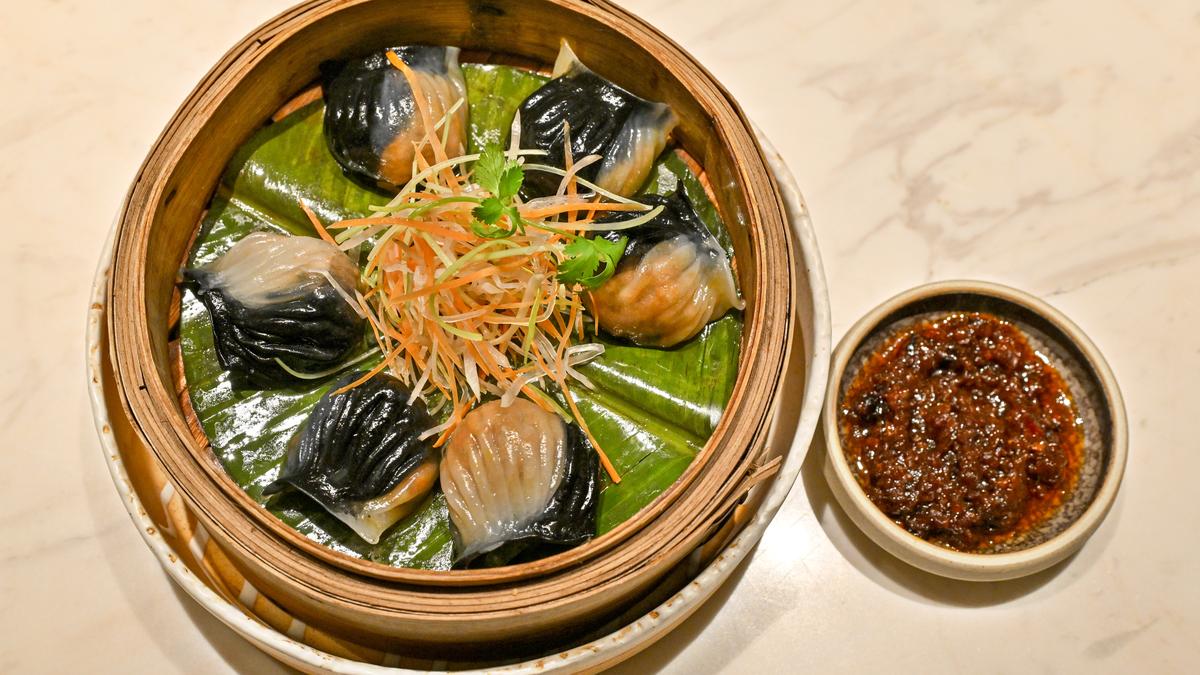Behind the Boom in Hong Kongers ‘Heading North’

Hong Kong, one of the world’s most crowded cities, was eerily quiet over the four-day Easter holiday. Local news headlines during the weekend were all about Hong Kongers “heading north,” with massive crowds and traffic jams reported on border control points such as Lo Wu and Shenzhen Bay Port and cross-border bridges. This is hardly a new phenomenon – Hong Kongers began flocking to the mainland en masse in early 2023, after the border reopening and relaxation of COVID-19 restrictions. Today, many regularly head to Shenzhen (and other neighboring cities) on weekends, strolling around the megacity’s numerous upscale shopping malls, which offer a dazzling array of stores, restaurants, and entertainment venues, as well as its warehouse-style supermarkets including Sam’s Club and Costco. Data from the Immigration Department revealed a dramatic 48 percent year-over-year increase in Hong Kong residents making trips across the border (using all checkpoints except the airport), which reached more than 93 million in 2024. This far outnumbered the 34 million inbound trips by mainland Chinese visitors in the same period. Why are Hong Kongers traveling to the mainland in larger numbers than ever before? After all, traffic used to be predominantly in the opposite direction, with thousands and millions of mainland Chinese visitors coming into the city each year and filling up their suitcases with everything from daily necessities like baby formula, medicines, cosmetics, and luxury goods. While Hong Kongers have long been known as avid travelers, mainland China was (and is still) a much less sought-after destination when compared with Japan, South Korea, and Taiwan. In a 2024 survey of 1,594 Hong Kong and Macau respondents by the Asia Tourism Exchange Center, when asked about the key factors making mainland China attractive as a tourist destination, over one-third (35.8 percent) of respondents from Hong Kong selected cost-effectiveness of dining and shopping, followed by richness of cultural and tourism resources (30.8 percent) and geographical proximity (23.9 percent). A closer look at the cost of living in Hong Kong and Shenzhen – a frequent destination for Hong Kongers heading north – certainly sheds some light on the issue. Hong Kong has always been among the world’s most expensive cities, evidenced by its high rankings on multiple cost-of-living indices: fifth on the Economist Intelligence Unit’s Worldwide Cost of Living Index 2023 and 22nd on Numbeo’s Cost of Living Index by City 2025. The crowdsourced database Numbeo estimates that Shenzhen has an overall cost of living about 50 percent lower than Hong Kong, which includes substantially lower restaurant and grocery prices. Let’s take coffee as an example: China’s largest coffee chain, Luckin Coffee, recently expanded to Hong Kong and set its signature coconut milk latte at HK$42. That’s as much as 60 percent higher than in Shenzhen (depending on store locations, the availability of discounts, etc.). In essence, Hong Kongers can enjoy a diverse range of shopping, dining, and entertainment options in Shenzhen, often at a fraction of the price that they would have to pay in their home city. This stark price difference gives Shenzhen a competitive edge, especially in light of the continuing sluggishness of Hong Kong's economy, which has prompted local consumers to spend more conservatively. The appeal of heading north seems to be crystal clear; some Hong Kongers are now pursuing a “cross-border lifestyle,” leveraging the higher wages in Hong Kong to rent and spend in Shenzhen. The potential ripple effects are, however, often neglected. Local restaurants reportedly expected a 20 percent drop in business over the Easter holiday break due to the enormous number of residents traveling and the continued reduction in tourist spending. The bitter reality is that many restaurant operators are scaling down or even on the verge of closing amid a deteriorating business environment. [caption id=attachment_287258 align=aligncenter width=893] A man riding a bicycle in front of vacant storefronts, which have become a common sight across the city. Photo by Jodee Fok.[/caption] Last year, Hong Kong Federation of Restaurants and Related Trades’ president, Simon Wong Ka-wo, revealed a wave of restaurant closures attributable to the surge of Hong Kong residents heading north to spend their cash. According to Wong, about 300 eateries shut down each month, while fewer than 200 open to replace them. While small- and medium-sized restaurants are particularly vulnerable, chains and franchises are also being severely affected. In 2024 along, the city’s renowned cha chaan teng Kam Kee Catering Group closed 11 branches, while American chain Outback Steakhouse shut down nine of its 19 outlets. Another vital component of Hong Kong’s food and beverage industry, bars and nightclubs, have also been struggling to revive ever since the pandemic, with many closing their doors at earlier hours owing to a lack of customers. Even Secretary for Commerce and Economic Development Algernon Yau openly admitted that “the change in the consumption patterns of visitors and the Hong Kong residents’ increased spending in the Mainland, etc. have indeed posed challenges to the operations of certain local small and medium enterprises (SMEs).” The trend of Hong Kongers “heading north” is taking a heavy toll on the city’s retail and hospitality sectors, and that, in turn, raises implications about the state of integration with mainland China, an agenda that has been pushed to the fore since the handover in 1997. In late 2023, Chief Executive John Lee Ka-chiu said in an interview with public service broadcaster RTHK, “When we do well in our integration with the mainland, of course many people will go across the border.” Indeed, recent years have seen a deeper Hong Kong-Mainland China integration in various facets of life, chief among these is the economy. A case in point is the rapid development of the Guangdong-Hong Kong-Macao Greater Bay Area (GBA), where the three regions pledged to accelerate growth in key areas such as innovation and technology and infrastructural connectivity like the setting up of a “one-hour living circle” within the GBA. Hong Kong’s young people are even given incentives to work and live there. A noticeable trend toward cultural integration has also emerged: Discussions around mainland Chinese viral entertainment trends – Pop Mart’s blind box craze and blockbuster movies like “Ne Zha 2,” for example – have become commonplace and almost mainstream in the city. China’s social media app Xiaohongshu, also known as RedNote, plays a crucial role in helping Hong Kongers tap into these trends and better connect with peers across the border, according to some frequent local users. The platform is extremely popular in Hong Kong, with reportedly 1.13 million users as of April 2023. Almost three-quarters (74 percent) of Hong Kong adult respondents in a 2023 Pew Research Center survey said they are emotionally attached to China. Of note, those aged over 35 are more likely than their younger counterparts to feel very close to China. As these ties are being forged, it is perhaps unsurprising that Hong Kong people, at least certain segments, are eager to experience the culture across the border. There’s another possible explanation. For Hong Kongers, heading north offers a form of escapism – like any type of travel, although a trip to the mainland tends to be cheaper and more accessible. Travel company Klook’s recently launched Travel Pulse Report indicates that most Hong Kongers seek to escape the monotony of daily life (52 percent) and combat burnout at work (47 percent) through travel. This is against the backdrop of widespread depressive symptoms among Hong Kong people, according to a 2024 survey of 1,093 adults by HK.WeCare. The study revealed that the city’s happiness index hit its lowest level in seven years, 5.63 out of 10, largely due to discontent with government policies and economic decline. No single answer seems to sufficiently explain the nuances that lie beneath this seemingly unstoppable trend of Hong Kongers heading north. But whatever the cause, the risks for Hong Kong’s local businesses – and the city’s overall economy – are clear.


















